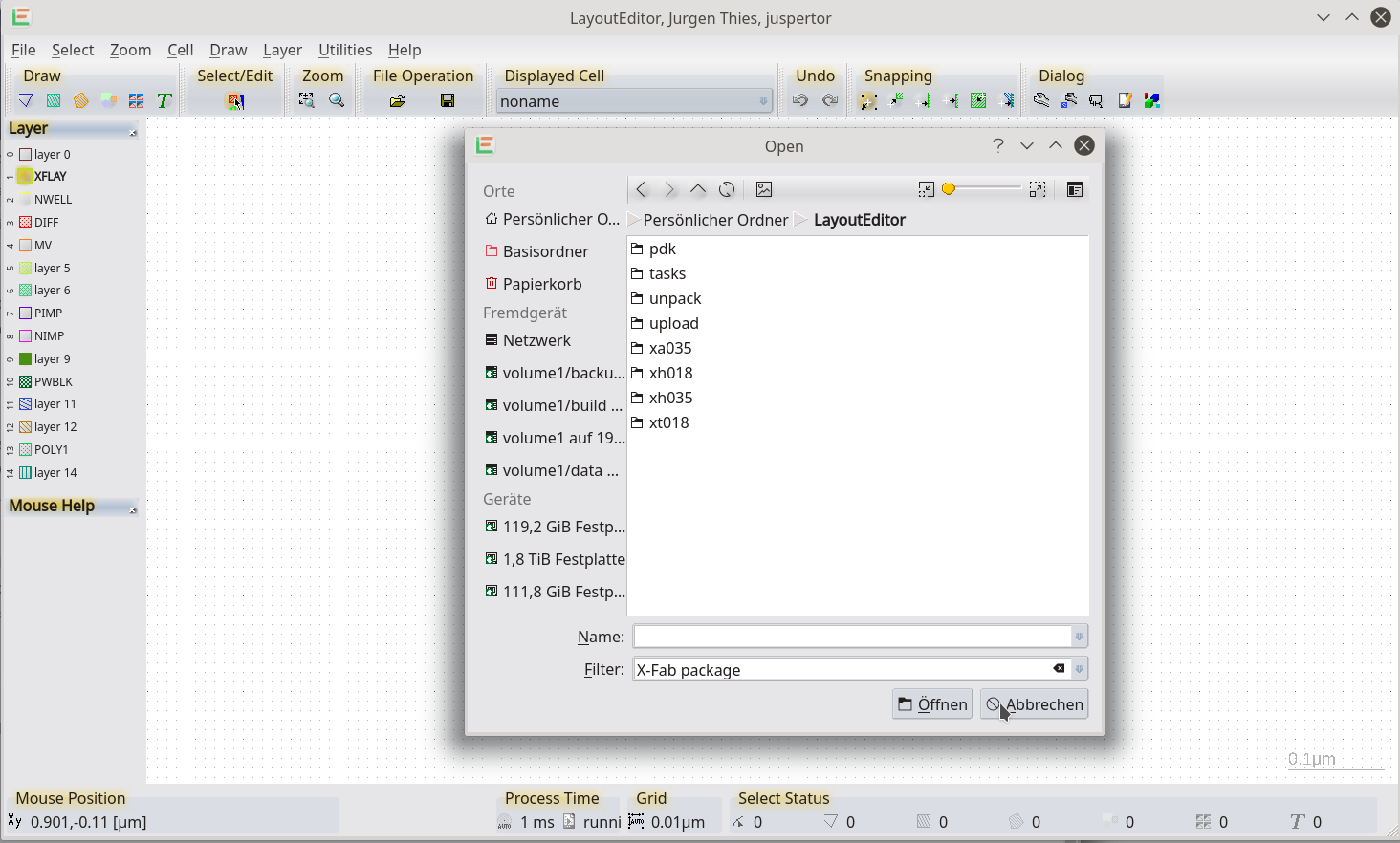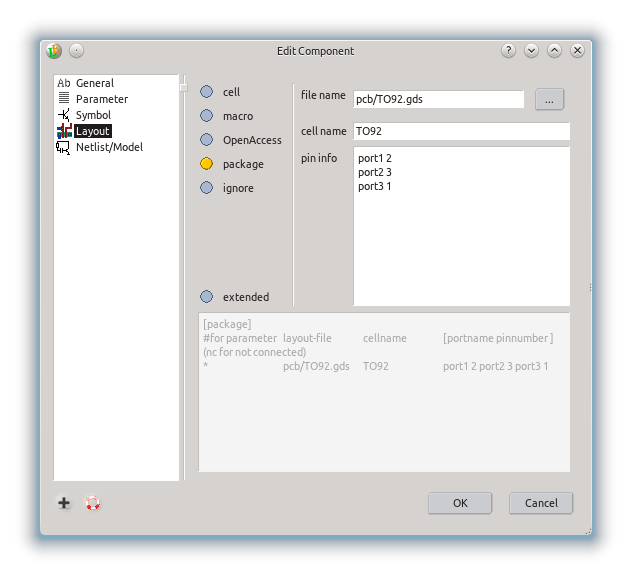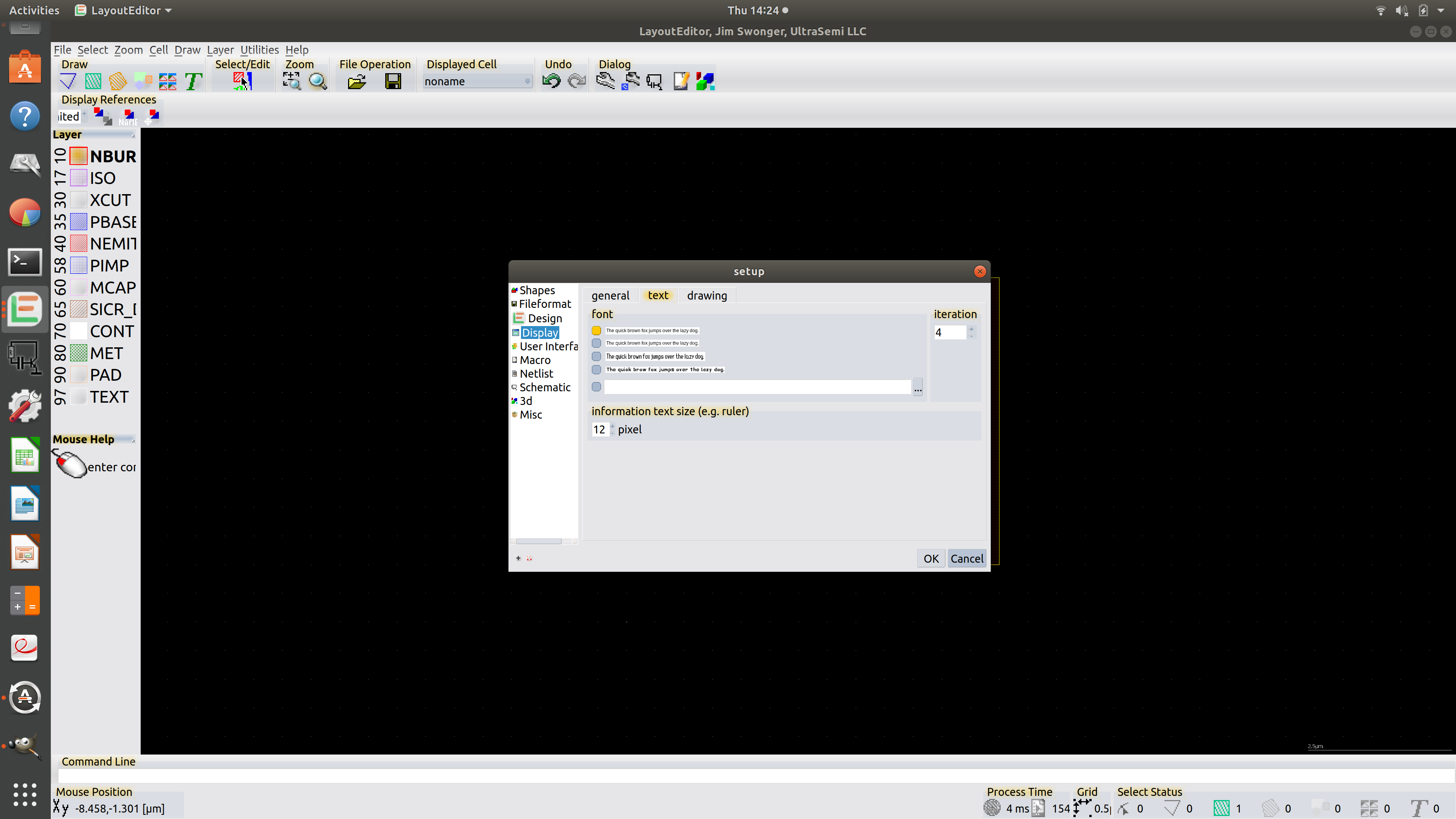

99 levels of hierarchy (symbol nesting).support of 256 Layers and 256 Types (with compatibility warnings).rotational placements within 0.00000001°.up to 8192 element coordinates (with 200 compatibility warning).The database includes the following features: Larger chip size and higher chip density have a minimal effect on database performance. Opening time for even the largest structures is extremely fast. dw-2000's high performance database promotes the use of hierarchy by providing editing modes and commands that ease the creation, use and management of hierarchically distributed layout designs.ĭw-2000 databases are binary compatible across all supported platforms and deliver quick response, regardless of the edit location or the size of the layout you're designing. Whether the design is a power transistor, flat panel display or VLSI chip, an extremely performing hierarchical database is required to hold the huge volume of information and to implement a logical hierarchy within the layout itself. Physical layouts, by nature, tend to build an impressive amount of geometrical data. These features alone represent a radical departure from the traditional "flat" command structure found in other layout tools.

This can be done in conjunction with the GPE's Command Line Interpreter. The linking of the result of one command to the input of another provides a rich set of alternate methods for accomplishing a given task. Such command organization, as is found in the dw-2000 Layout Editor, allows users to "nest" or "stack" command execution for the purpose of saving time and, more importantly, to conform to the designer's state of mind. Veteran layout design engineers testify that a layout editor with a recursive and re-entrant command flow is the best, most productive tool for the physical layout design (often referred to as "polygon pushing"). The net results are also GDSII compatible via dw-2000's careful post processing of the resulting data. dw-2000's rich collection of operators can perform numerically complex Boolean operations on all angle geometries. Layout designs often require creating objects based on other objects' relationships, such as unions or intersections. This freedom combined with precision again enhances your productivity and the quality of your designs. Typical layout editors, by contrast, only allow you to perform commands on rectangular areas. For example, you can select elements included in a circle by entering a circular shape in a selection command. Furthermore, using the same skills you can enter any shape when a command requires an area definition. This implementation means you can create any shape simply by mixing and matching digitizing modes. The digitizing mode determines the way dw-2000 interprets the coordinates you enter, that is, either as a straight line, orthogonal projection, arc, etc. Shape type refers to shapes that are either created by defining their centerlines or their contours. The creation of Shapes in dw-2000 combines two concepts: shape type and digitizing mode.


The Layout Editor is the core dw-2000 module and is used for creating layouts aimed at mask manufacturing.


 0 kommentar(er)
0 kommentar(er)
